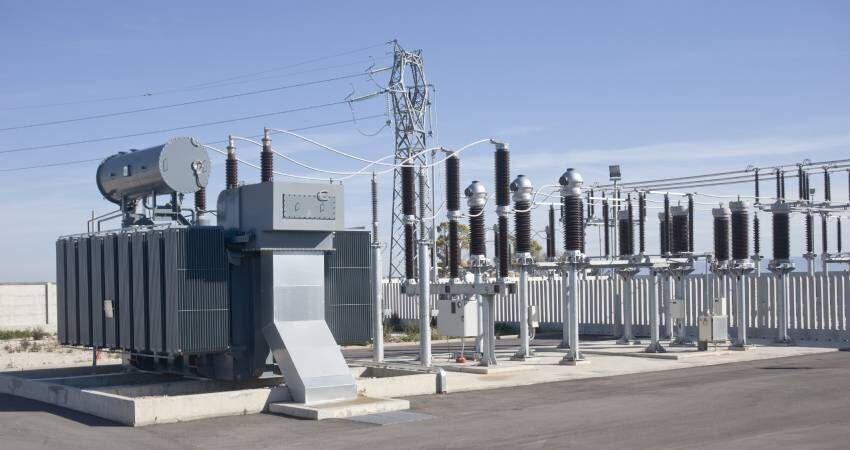
“Transform it chromium-free”: environmentally friendly coatings for grain-oriented electrical steel
Three years have passed since the sunset date of 21 September 2017 for chromium trioxide and its derivatives in the EU.
byRembrandtin

Three years have passed since the sunset date of 21 September 2017 for chromium trioxide and its derivatives in the EU. The European Commission issued an authorisation for further use of Cr(VI) compounds for 7 years as of the sunset date, which makes September 2024 the ultimate deadline for the use of chromium trioxide.
This extensive ban on the use of Cr(VI) compounds in the European Union affects many industrial sectors and so the transformers production as well, as electrical steel is one of the main raw materials in this field.
Electrical steel is a 0.1-1.0 mm thick cold-rolled steel strip with high silicon content. Depending on the field of application and the production process, a distinction is made between non grain-oriented (NGO) and grain-oriented (GO) electrical steel. The first type is used for manufacturing of iron cores for rotors and stators of electric motors and generators. GO electrical steel is mainly used for transformers. In the last step of the production process, a 0.5-5 μm thin insulation coating is applied to the steel in order to improve the magnetic properties of the iron core. It is cured in a continuous annealing oven at temperatures between 250-300 °C for NGO steel and 800-900 °C for grain-oriented steel.
The production of grain-oriented electrical steel, where chromates are used in coating solutions, is subject to authorization. However, technically equivalent and completely chromium-free insulation coatings are available today.
#chromium-free#Rembrandtin#sustainability







